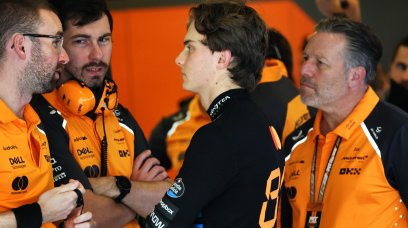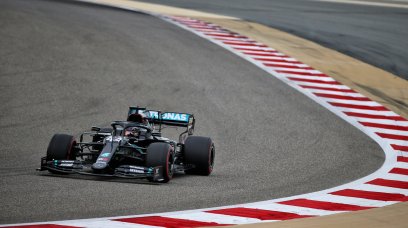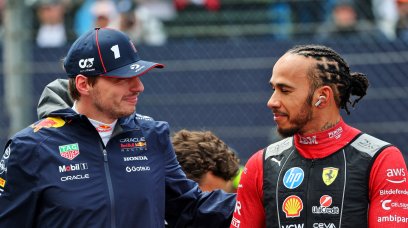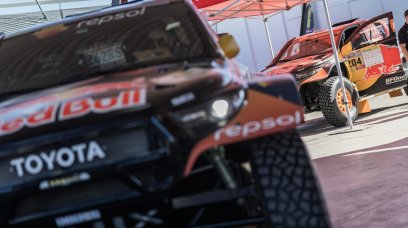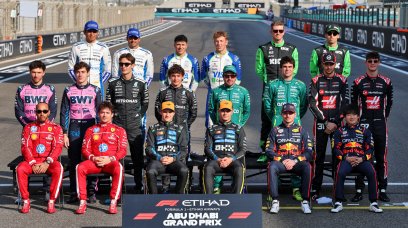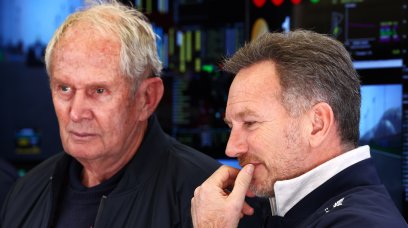F1 chief Pat Symonds has blamed Mercedes for the FIA "overreacting" in its bid to reduce the porpoising at the start of last season. Mercedes were among the most vocal of the teams after the 2022 Azerbaijan Grand Prix, when Lewis Hamilton appeared to get out of his car with severe back pain. As a response the FIA introduced a series of rule changes, including establishing a metric designed to limit how much the cars bounced in-season. But Symonds believes the teams should have been left to their own devices to combat the problem. "I think they [the FIA] overreacted a bit after Baku," Symonds told Auto Motor Und Sport . "In Baku, we saw the worst effects because a team tried something that didn't work and then went public quite loudly. "If they [FIA] hadn't intervened, the problems would have been solved. Most teams now understand how to control the bouncing."
Symonds 'simply forgot' about porpoising after working on ground effect-era cars
The porpoising caught a lot of teams by surprise, even though the phenomenon existed when the first 'ground effect' cars were introduced in the late 70s and early 80s. Symonds also says he "simply forgot" about the problem despite having worked on those cars during his time as an F1 engineer, but believes it could have been picked up on computer simulations. "I have to admit that the problem was not on our radar, but we could have known," Symonds continues. "We had the means to discover it in advance because we were working with dynamic simulations." “I should have known too, because I used to work on ground effect cars. I had simply forgotten, [but] without a doubt, the bouncing changed things. "The teams first had to solve this problem before they could work on their aerodynamics. Bouncing is not purely an aerodynamic problem. There's also a lot of mechanics involved, for example suspension stiffness. In 2023 the FIA will increase the physical dimensions of the floor to reduce the porpoising. You can read about the changes here.
Most read
